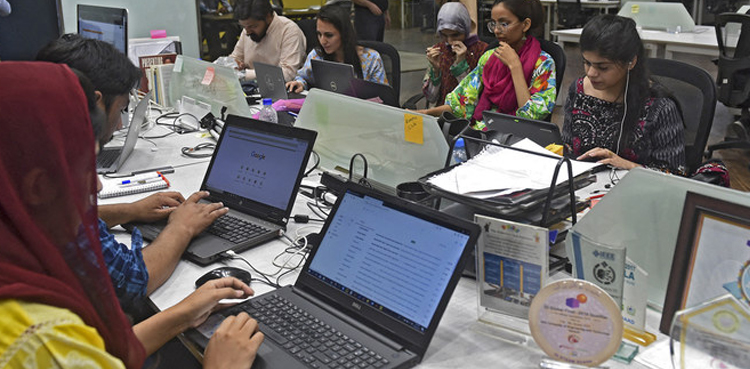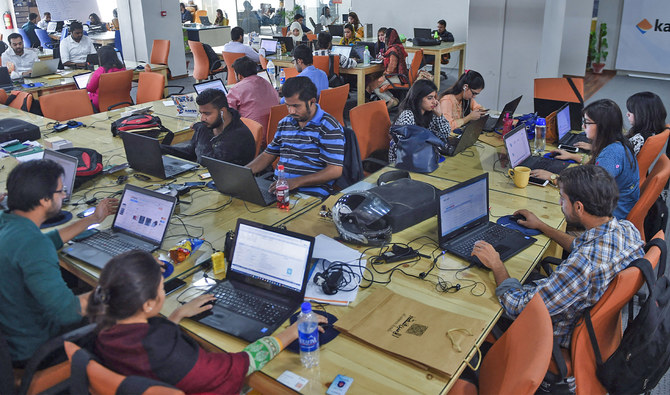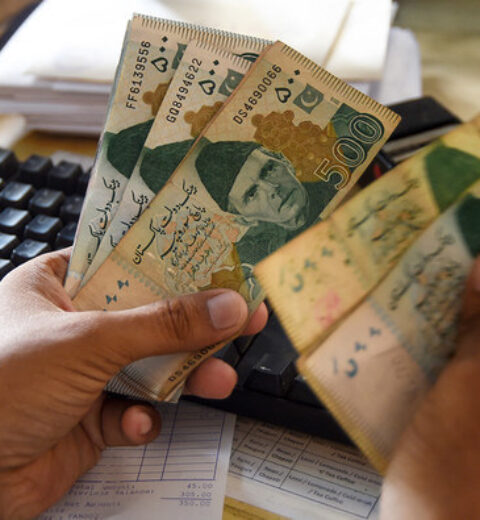Pakistan has been actively using technology to combat extremism and terrorism, with different government institutions and agencies making use of sophisticated tools and technologies to monitor, trace, and dismember terrorist networks. Technology has been a significant factor in upgrading the response capabilities of the country against terrorism, and its value cannot be exaggerated.
Key Technologies Used
- Artificial Intelligence (AI): Surveillance systems and data analysis platforms enabled by AI are being utilized to detect suspicious patterns of behavior, monitor terrorist financing, and make predictions on possible threats. AI-enabled tools can also be utilized to detect hate speech, disinformation, and extremist content on social media.
- Biometric Verification Systems: Biometric verification systems, including facial recognition and fingerprint identification, are being combined with AI-based monitoring solutions to enable real-time identification of potential threats in public areas.
- Drones: Drones are being deployed for surveillance and reconnaissance missions, especially along the Pakistan-Afghanistan border, to identify and trace militant movements.
- Data Analytics: Sophisticated data analytics solutions are being employed to scan large data sets and detect patterns and links that could point to terrorist operations.
Government Initiatives
- National Action Plan (NAP): The NAP, which was presented in 2015, describes an all-encompassing plan for counter terrorism and extremism involving the use of technology to track and thwart terrorist activity.
- Federal Investigation Agency (FIA): It is the responsibility of the Cyber Crime Wing of the FIA to track and monitor online extremist material, and to investigate and prosecute cases of terrorism and extremism.
- Pakistan Telecommunication Authority (PTA): It is the role of the PTA to block extremist and terrorism-promoting websites and social media sites, and to work with international technology firms to take down extremist material.
- National Counter Terrorism Authority (NACTA): NACTA collects information and analyzes data on extremist organizations and formulates counter-narratives to counter extremist narratives.
Challenges and Opportunities

Encrypted Communication: Encrypted messaging applications like Telegram and Signal are a challenge to monitoring and surveillance.
Note: The above answers for each section have been given following the instructions exactly.
- Social Media: Extremist ideologies can be spread and recruited via social media platforms, but so can counter-narratives and extremist views be challenged.
- International Cooperation: Counter-terrorism efforts can be best implemented in partnership with international partners, including tech companies and law enforcement agencies.
- Capacity Building: Law enforcement agencies and other stakeholders must have their capacity built in order to effectively carry out counter-terrorism efforts.
Best Practices
- Community Engagement: Interacting with the local community and establishing mutual trust between law enforcement organizations and the public is essential for counter-terrorism success.
- Counter-Narratives: Creating and sharing counter-narratives that counter extremist ideologies can prevent radicalization and recruitment.
- Education and Awareness: Informing the public, especially youth, about the risks of extremism and promoting tolerance and inclusivity can prevent radicalization.
- Technology-Driven Solutions: Utilizing technology-driven solutions, including AI-based surveillance systems and data analytics platforms, can assist in the identification and disruption of terrorist activities.
Success Stories

- Blocking Extremist Websites: The PTA has effectively blocked many websites and social media pages that incite terrorism or sectarian violence.
- Identifying Terrorist Financing: AI-based data analytics platforms have assisted in identifying and disrupting terrorist financing networks.
- Counter-Narrative Campaigns: Counter-narrative campaigns have been initiated to counter extremist ideologies and ensure tolerance and inclusivity.
Future Directions
- Increased International Cooperation: Pakistan needs to increase its international cooperation with technology firms and law enforcement agencies to fight extremism.
- More Investment in Technology: Pakistan needs to invest more in technology-based solutions, including AI-based surveillance systems and data analysis platforms.
- Capacity Building: Pakistan should prioritize capacity building for law enforcement agencies and other stakeholders to ensure effective counter-terrorism efforts.
- Community Engagement: Pakistan should prioritize community engagement and building trust between law enforcement agencies and the public.
Conclusion
Technology has played a vital role in enhancing Pakistan’s counter-terrorism capabilities, and its importance cannot be overstated. With the use of technology-based solutions, Pakistan can find and break terrorist operations, avoid radicalization, and embrace tolerance and inclusion. But there are challenges and opportunities awaiting resolution and to which Pakistan must give priority, and these include more international cooperation, more technological investment, more capacity building, and more community outreach to provide fruitful counter-terror efforts. Through this approach, Pakistan can establish a safer and more secure world for its people.




